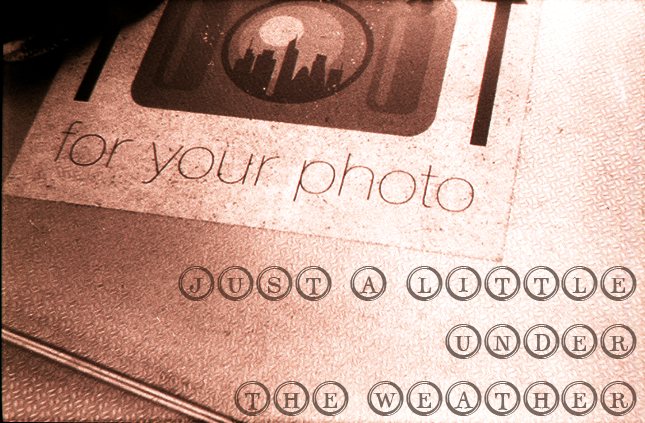Sue Ford; Time Machine.
Currently being shown at the Monash Gallery of Art, Sue Ford’s exhibition ‘Time Machine’ consists of a range of works, mainly focusing on a number of series revolving around mortality, time and the existence of life and death.
With a large feminist approach to her work, Sue Ford was aware of the role of a female, especially in relation to her own personal life and the historical and social significance of women. Her series ‘Self Portrait With a Camera’ (1960-2006) documents herself over a number of years, presenting the gradual effects of aging of her physical appearance, which was continued after being diagnosed with cancer, until her untimely death in 2009. Along with this series, a number of smaller series are presented from her personal achieve, ranging from the 1960s-1970s. Ford’s work demonstrates the shift that took place between this period, using the camera’s eye as a witness.
This body of work shown within the exhibition recorded the development of her ideas; acting as a tool to help women tell their own stories and relate to her imagery. Even though there are some beautiful colour photographs within the collection, the consistent use of tone and grain within Sue Ford’s black and white photography grabs the attention of the audience, creating a dominant presence within the room. Branching away from her self portraiture, her ‘Untitled’ series caught my attention, illuminating Ford’s wider interests including street and fashion photography.
‘Untitled [Street Scene]’
c 1961-2.
Collection: Sue Ford Achieve.
Selenium toned gelatine silver print.
Printed 2001.
Consisting of five prints, Ford’s ‘Untitled’ series revolves around photography, politics, community and history, whether it be from a personal, local or national level. These images revolve around a more naive approach to documentary photography, while maintaining a politically engaged, feminist practice.
The main image I focused my attention on out of the ‘Untitled’ series was the first image; ‘Untitled [Street Scene]’. Drawn to its classic juxtaposition and depth of field, I found this image to be the most captivating out of the series. Set in a busy street in the Melbourne CBD, this image contained dated surroundings; setting the scene for it’s1960’s backdrop. With rich blacks and gradual tones, the image is given a romantic feel, creating a sense of timelessness and beauty. The wet weather present within the image gives the piece mood and emotion, using reflections upon the wet foreground to draw the audience into the image. Fords use of thirds is evident within her work, which creates a dominant frame within her imagery.
Ford’s ‘Untitled [Street Scene]’ is extremely successful in how it has been composed, shot, printed and displayed. The depth of field creates movement within the image, as you follow the direction of the path; ranging from out of focus into the main area of the photograph where the figure is present. The image is based on familiarity, consisting of scenes from the everyday; however, her images bring a sense of warmth and beauty to something that could be so easily ignored.






No comments:
Post a Comment